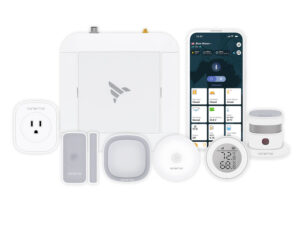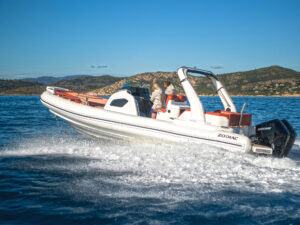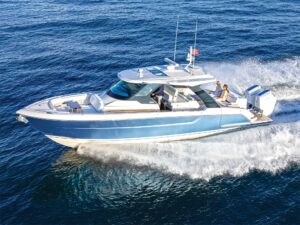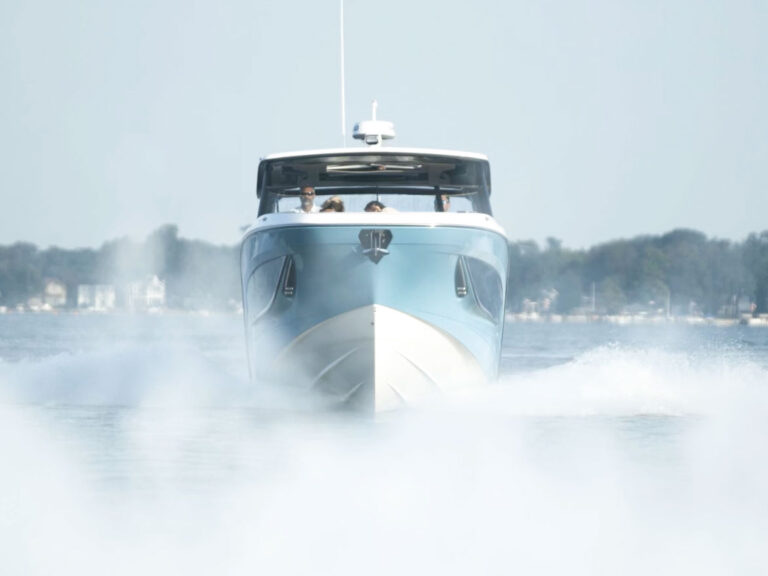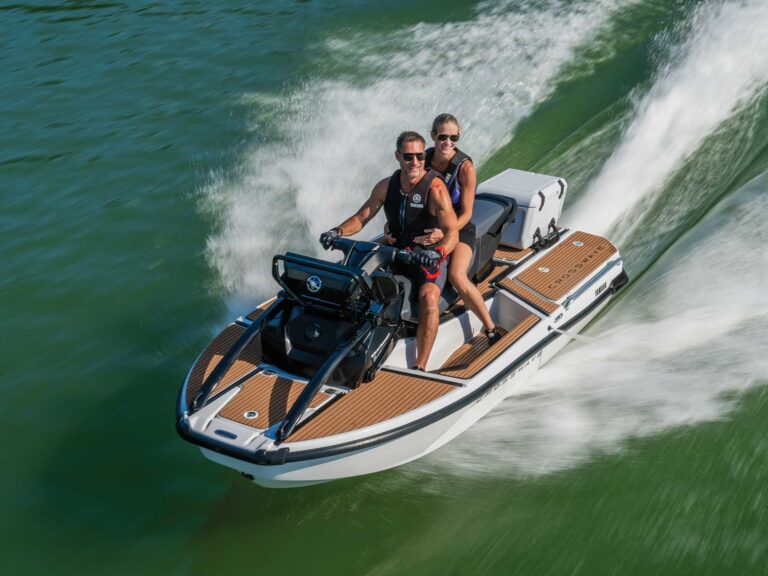Engines, drives, gear cases, generators — gee whiz, boaters have lots of lubricant that needs changing. The right pump makes the job easier. Which is best for you? Review these guidelines before you buy.
1. Prime
A self-priming design is worth paying more for in any marine oil-change pump.
2. Thread
Many, but not all, engines utilize NPT (“garden hose”). Others don’t. Consider your thread type.
3. Probe
If you drain oil via the dipstick tube, look for a pump with the largest-diameter suction wand that will fit the dipstick tube’s inside diameter.
4. Capacity
If the pump is supplied with a waste-oil container, make sure it’s large enough to hold the engine’s oil capacity (or be prepared to do the job in stages).
5. Piston
Reliable manual piston pumps are safe to use in the bilge of a boat, though they can provide quite a workout.
6. Hoover
A vacuum pump requires less pumping than a piston pump but comes with a fixed-size container: Be sure its capacity matches your needs.
7. Two-Way
Reversible pumps ease draining and refilling lubricant.
8. Portable
Make sure electric pumps are ignition-protected for marine use if you have a sterndrive or inboard engine.
9. Permanent
Built-in oil-change systems like those from Reverso can be plumbed to multiple engines.
Quick Tip
Changing side-mounted marine oil filters? Place a reclosable zippered bag around the filter to avoid a mess.
Dispose of Properly
Consider these sound options for disposing of used engine oil. — Kevin Falvey
Many businesses use waste-oil heaters and will be glad for the gift of free fuel.
Many municipalities have oil-recycling locations.
Many states require retailers who change oil to accept used oil even if they did not sell it.
Used oil can be mixed with kitty litter for easier, neater transport.


